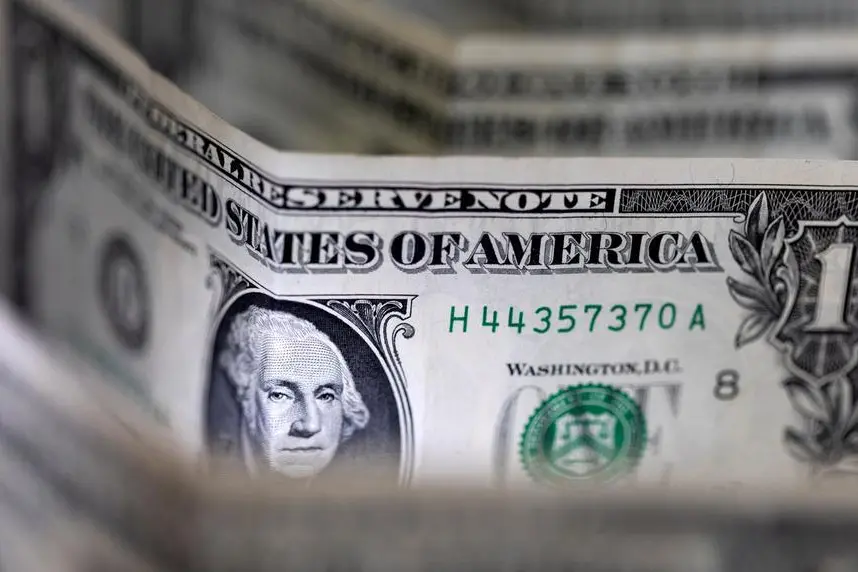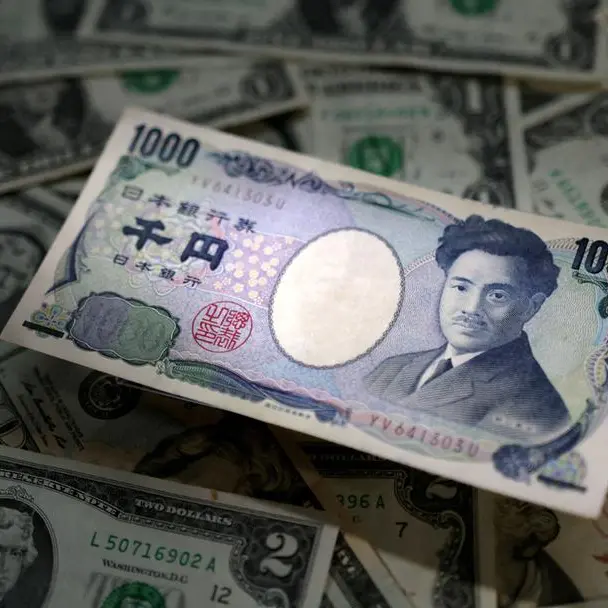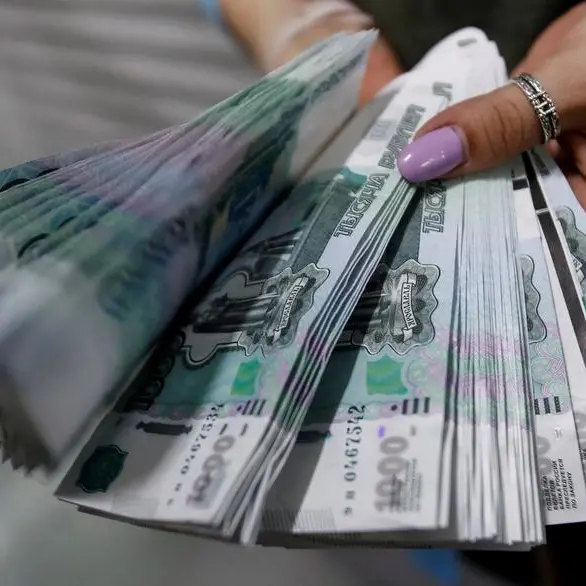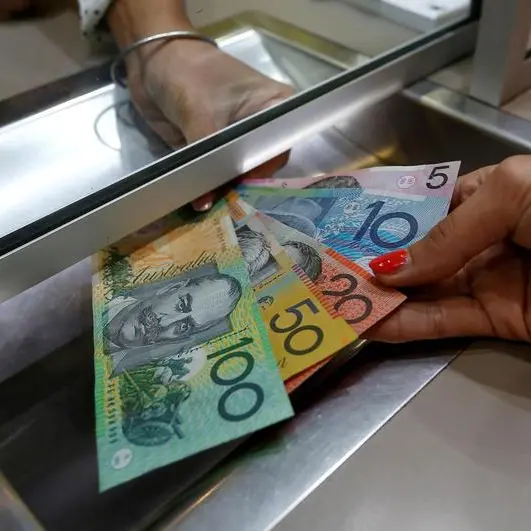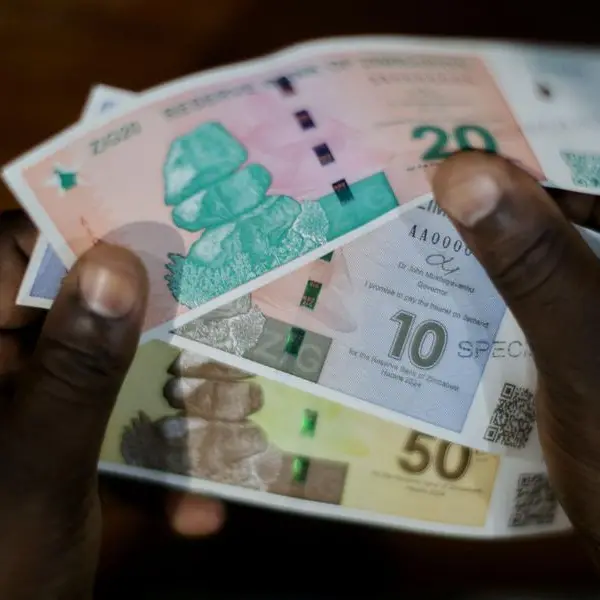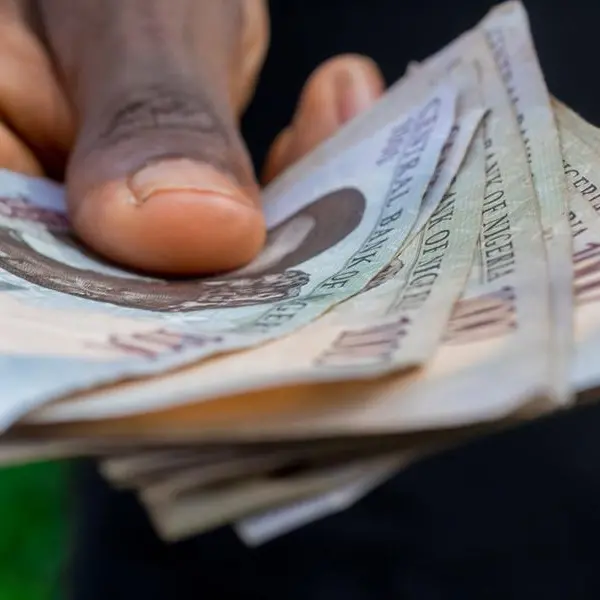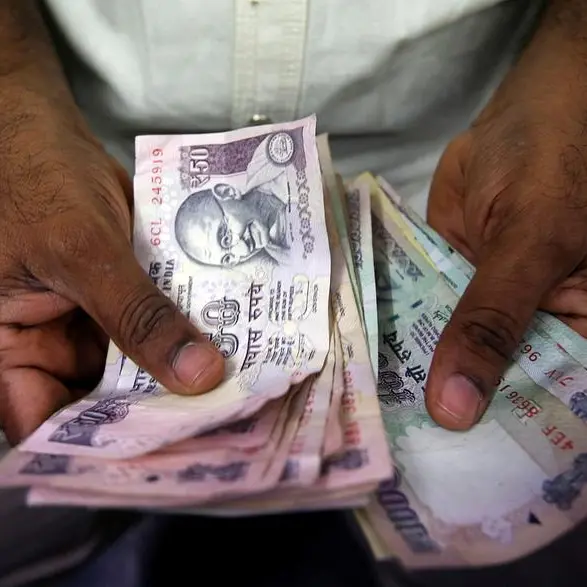PHOTO
SINGAPORE/LONDON - The dollar advanced on Monday, regaining some ground it lost earlier in the month, at the start of a week packed with data releases and central bank rate-setting meetings, including by the Bank of England and most importantly the Federal Reserve.
The euro slid 0.36% to $0.9932, sterling lost 0.67% to $1.1537, and the dollar rose 0.82% against the Japanese yen to 148.6, as the weakness seen in the greenback earlier in the month continued to fade.
The dollar is set for a monthly decline in October - its first since May and only its second this year - on expectations the U.S. Federal Reserve could signal a less aggressive future programme of rate hikes at its policy meeting that begins on Tuesday.
However, late last week this narrative ran out of steam, and it continued to struggle on Monday.
"Currency markets are in wait-and-see mode ahead of the (Fed's rate setting) FOMC meeting on Wednesday after we saw a bit more of a balanced tone from some other central banks," Samy Chaar, chief economist at Lombard Odier, said.
"The question is will the Fed follow through - it's not going to be a dovish pivot, it's far too soon to loosen financial conditions - but will we get something more balanced rather than another hawkish surprise?"
The Australian and Canadian central banks both raised rates by less than expected at their October meetings, and markets read a dovish tone in last week's European Central Bank 75 basis point hike.
The Fed is expected to deliver another 75-basis-point (bp) rate hike when the meeting concludes on Wednesday, which would be its fourth such increase in succession, but market pricing indicates roughly a 50% chance of just 50 basis points at its December meeting.
The euro barely reacted after data released on Monday that showed eurozone inflation came in hotter than expected at 10.7%, a fresh record high.
"Because we had the national inflation data Thursday and Friday the eurozone data was old news," Chaar said.
Also released on Monday was data that showed Japan spent a record 6.3499 trillion yen ($42.8 billion) on currency intervention this month to prop up the yen.
Elsewhere, the Chinese yuan slumped after data released on Monday showed China's factory activity unexpectedly fell in October, weighed down by softening global demand and strict domestic COVID-19 curbs.
The dollar was last 0.74% higher against the yuan traded offshore at 7.32.
"We expect that the CNY will weaken further in the short term given the apparent weakness of the economy. Together with more COVID cases and expected lockdowns, it becomes even more difficult to be upbeat about the yuan," Iris Pang, chief economist for Greater China at ING, said .
Also on the week's agenda is the Bank of England which will meet on Thursday, after a volatile period in British political and fiscal policies. A 75-bp rake hike is almost fully priced in.
The Reserve Bank of Australia (RBA) is tending towards the dovish end of the spectrum and is expected to raise interest rates by a more modest 25 bp at its Tuesday meeting, even as inflation raced to a 32-year high last quarter.
The Aussie dollar was down 0.35% $0.6389.
The U.S. dollar climbed 2% on Brazil's Real after former president Luiz Inacio Lula da Silva narrowly defeated President Jair Bolsonaro in a run-off election.
(Reporting by Rae Wee in Singapore and Alun John in London; Editing by Shri Navaratnam, Mark Potter and Andrew Heavens)
